II Surgical Techniques 8 Transcortical Exposure of the Epitympanum 9 Extended Cortical Mastoidectomy 19 Middle Cranial Fossa Approach 21 Endolymphatic Sac Decompression 22 Postauricular Facial Nerve Decompression 23 Infratemporal Fossa “Type A” Approach 24 Infratemporal Fossa “Type B” Approach 25 Infratemporal Fossa “Type C” Approach 27 Extended Radical Mastoidectomy Exenteration of the mastoid portion of the temporal bone without disturbing the anatomical integrity of the external and middle ear. This is the basic operation in temporal bone surgery. It is also called “simple mastoidectomy”. A cortical mastoidectomy is usually performed in acute mastoiditis. It is also used in many other situations as an isolated procedure, or as the first stage of more advanced procedures. Finally, it forms a part of intact canal wall surgery used in chronic otitis media. The soft tissues are elevated from the lateral surface of the temporal bone with a raspatory, exposing the mastoid tip inferiorly, the temporal line superiorly, the skin of the external auditory canal anteriorly, and the mastoid emissary vein area posteriorly. It is important to expose the zygomatic root anterosuperiorly. II*: Raspatory MIL*: Henle spine EAC: External auditory canal MT: Mastoid tip TL: Temporal line The largest cutting burr and the largest suction tip, with a high rate of irrigation, should be used during the initial cortical exposure. The cortical bone is drilled along the temporal line, extending to approximately 1cm above the temporal line. The direction of drilling should be parallel to the middle cranial fossa dura. II: 7mm cutting burr MIL: Temporal line HS: Henle spine ZR: Zygomatic root In this way the cells and the compact bone in close proximity to the temporal line are exenterated. Drilling with a cutting burr is continued until the hard bone over the middle cranial fossa dura is partially exposed. MCF: Middle cranial fossa (dural plate) Definitions and Tips __________ * II Ideal instrument II: 7mm cutting burr MIL: Posterior wall of external auditory canal The bone close to the sigmoid sinus is not cellular, and therefore the sigmoid sinus can be identified early, provided that efforts are made to identify any area of smooth bone and any color changes. Drilling with a cutting burr is continued until the hard bone over the sigmoid sinus is partially exposed. SS: Sigmoid sinus (dural plate)
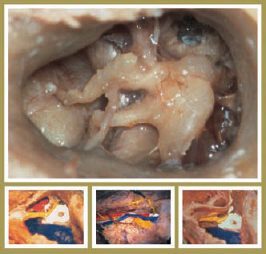
5 Cortical Mastoidectomy
Definition
Indications
Anatomical Orientation
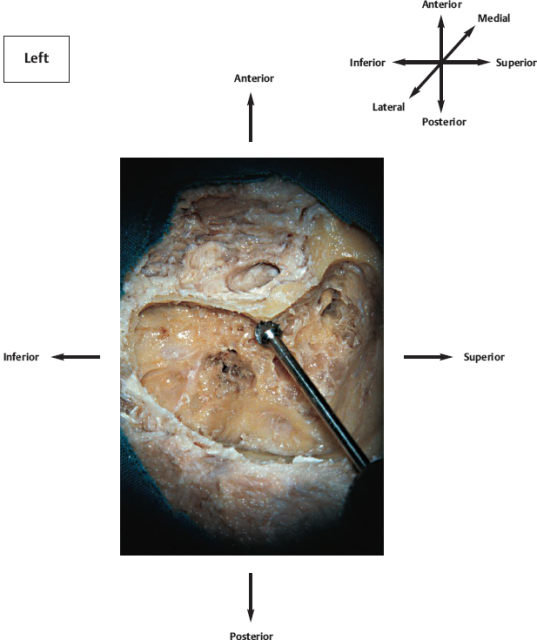
Surgical Steps
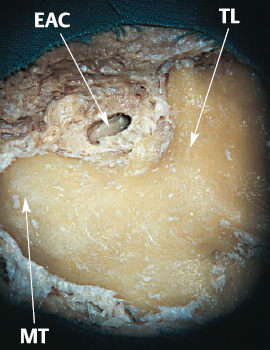

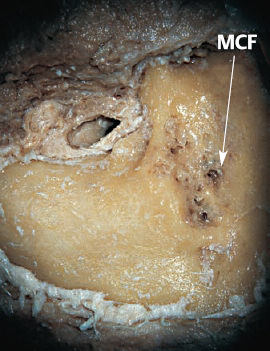
MIL: Most important landmark
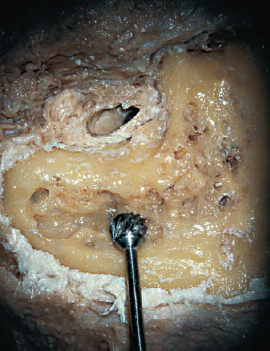
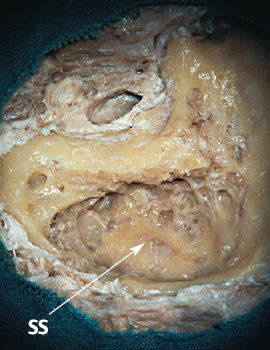
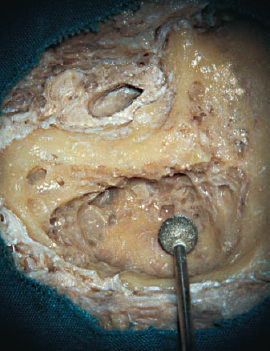
![]()
Stay updated, free articles. Join our Telegram channel

Full access? Get Clinical Tree



